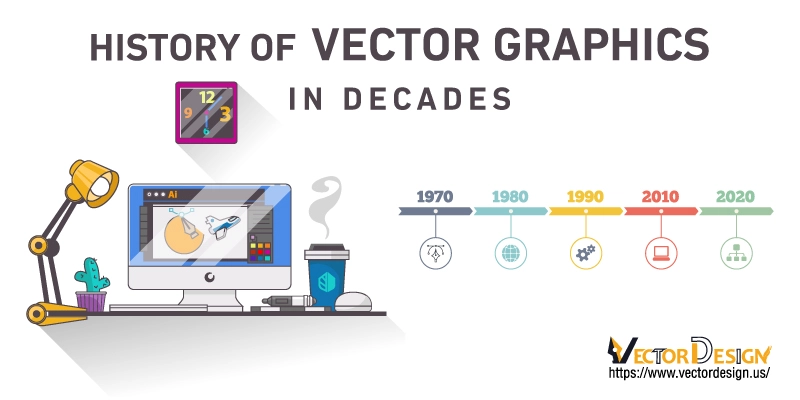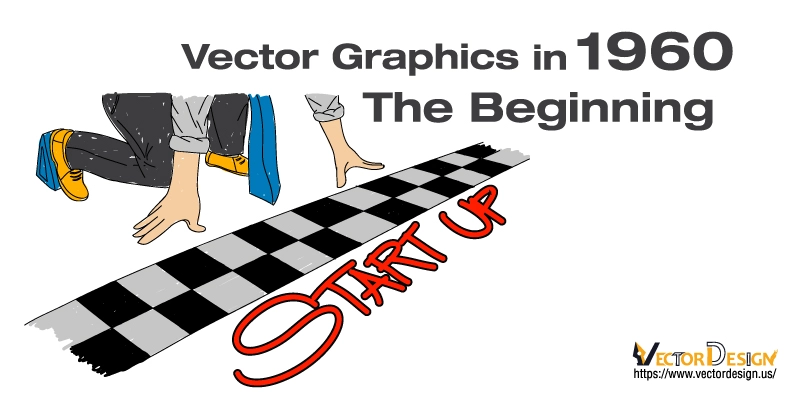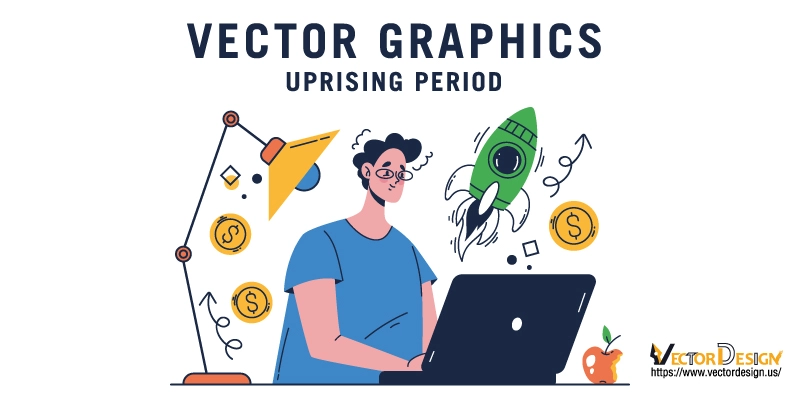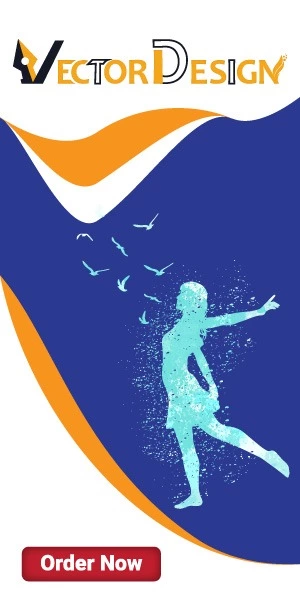Vector graphics refer to digital images that are created using mathematical algorithms to describe lines, shapes, and colors. They are resolution-independent, meaning they can be resized without losing quality, and are often used for logos, graphics, and technical drawings.
The history of vector graphics can be traced back to the early 20th century with the development of electronic computers. Still, in the 1970s and 1980s, vector graphics gained widespread use in the graphic design and printing industries.
Learning about the vector graphics history is essential for everyone who is learning it or interested in it. However, the history is not about a few incidents to describe within a few hundred words. Here, we are trying to disclose all the historical incidents sequentially for your easy understanding.
When Was Vector Graphics Innovated?

The earliest form of vector graphics can be traced back to the work of John von Neumann, a mathematician and computer scientist who developed the concept of stored-program computers in the 1940s.
In the 1950s, computer scientists at MIT and other research institutions began working on ways to create digital images using computers. One of the first programs to use vector graphics was Sketchpad, developed by Ivan Sutherland in the 1960s. And that’s how vector graphics was born for the first time.
History of Vector Graphics in Decades

As we see, the base of vector graphics was innovated in the mid-1950s. From then till now, we have seen the immense development of this fantastic technology. We have separated the most remarkable incidents in the history of vector graphics based on the decades. Let’s check them out.
Vector Graphics in 1960: The Beginning

Ivan Sutherland’s Sketchpad was the base of this advanced digital art. It became famous soon after Ivan launched it in 1960. This Sketchpad allowed users to draw lines and shapes using a light pen, and the program would store the coordinates of these lines and shapes in memory.
Vector Graphics in 1970: Getting Developers’ Notice
In the 1970s, the Digital Equipment Corporation (DEC) Graphic Language (DGL) development led to the creation of the first commercial vector graphics software. DGL was used to create technical drawings and diagrams for the engineering and manufacturing industries. It paved the way for developing other vector graphics software such as AutoCAD and Adobe Illustrator.
In the same decade, different computer software developers explored the possibilities of vector graphics and how they could be used in their software. Xerox was one of the companies that embraced the use of vector graphics and developed software that allowed users to create and edit vector graphics.
1980: Available for Personal Use
The 1980s saw the widespread adoption of personal computers and the development of desktop publishing software. In 1984, Apple played a significant role in popularizing personal computers in households. Around this time, Microsoft also released Windows, a graphical operating system that has remained a popular choice in personal computing to this day.
So, this was the time when people got opportunities to practice Vector Graphics at home. This led to the proliferation of vector graphics in the graphic design and printing industries. It’s because vector graphics technology of that time started to create scalable graphics that could be printed at any resolution.
This was the decade when some of the revolutionary software was launched for vector graphics. Among them, PageMaker (1985), Illustrator (1987), FreeHand (1988), etc., are remarkable. In their personal computers, people learned to use these systems to make vector art.
Vector Graphics: Uprising Period

In the 1990s, vector graphics technology saw significant advancements and widespread adoption in the design and publishing industries. One of the major milestones in this period was the release of Photoshop in 1990. This software is still used until now for making vector graphics.
The second most significant uprising in the history of vector graphics was Adobe Illustrator 5.0 in 1994. Adobe Illustrator introduced new features such as live trace and the ability to import and export vector graphics in the popular EPS format.
During this time, vector graphics also found their way into the digital media landscape with the introduction of Macromedia Flash in 1996. Another significant development in vector graphics in the 1990s was the adoption of scalable vector graphics (SVG) as a web standard.
2000: Getting Immensely Popular Worldwide

The beginning of the twentieth century is the best time the history of vector graphics has ever seen. Because of the availability of the internet, people get chances to practice vector art with high-end systems like Coreldraw and Illustration.
Another factor was the rise of digital marketing. Vector graphics were particularly well-suited for use in web design, as they could be resized and scaled without losing quality. This made them famous for creating logos, icons, and other website graphics.
In addition, vector graphics were also starting to be used more widely in print media, such as magazines and advertisements, in this decade. The ability to easily edit and customize vector graphics made them a valuable tool for creating professional-quality designs.
Vector Graphics in 2010 and Later

Vector Graphics overcame the boundary of computers in 2010 when iPhone 4 was released with a high-resolution Retina display. New software and applications are launched frequently to make vector design more accessible and convenient.
And now, you can see who developed the technology. Being a vector designer is now one of the most demanding jobs in this world. Almost all types of industries depend on vector graphics technology in many different ways.
Final Thought
Today, vector graphics technology is an essential tool in the fields of design and advertising. It creates everything from logos and graphics for websites and social media to illustrations and animations. They are also commonly used in the fields of engineering and science, where they are used to create diagrams and technical drawings.
Thanks to the developers from 1940 to the ones that are working till now to the development of this revolutionary technology. Things have become more accessible for us in this competitive era because of their hard work.
FAQs
Who is credited with inventing the first vector graphics editor?
The first vector graphics editor was developed by computer scientist Ivan Sutherland in 1963. This system was called Sketchpad and it allowed users to create and edit vector graphics on a computer screen.
When were vector graphics first used commercially?
The first commercial vector graphics system was developed by Xerox in the 1970s. This system was called the Star system and it was used to create high-quality prints.
How did vector graphics become popular?
Vector graphics became popular in the 1980s with the advent of personal computers and desktop publishing software. Vector graphics were well-suited for use on personal computers because they could be scaled to any size without losing quality.









